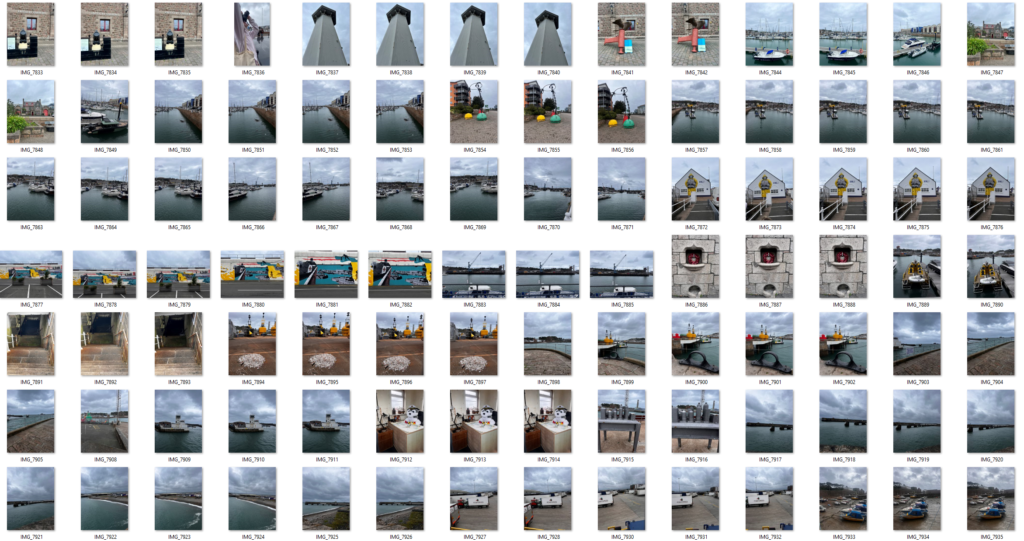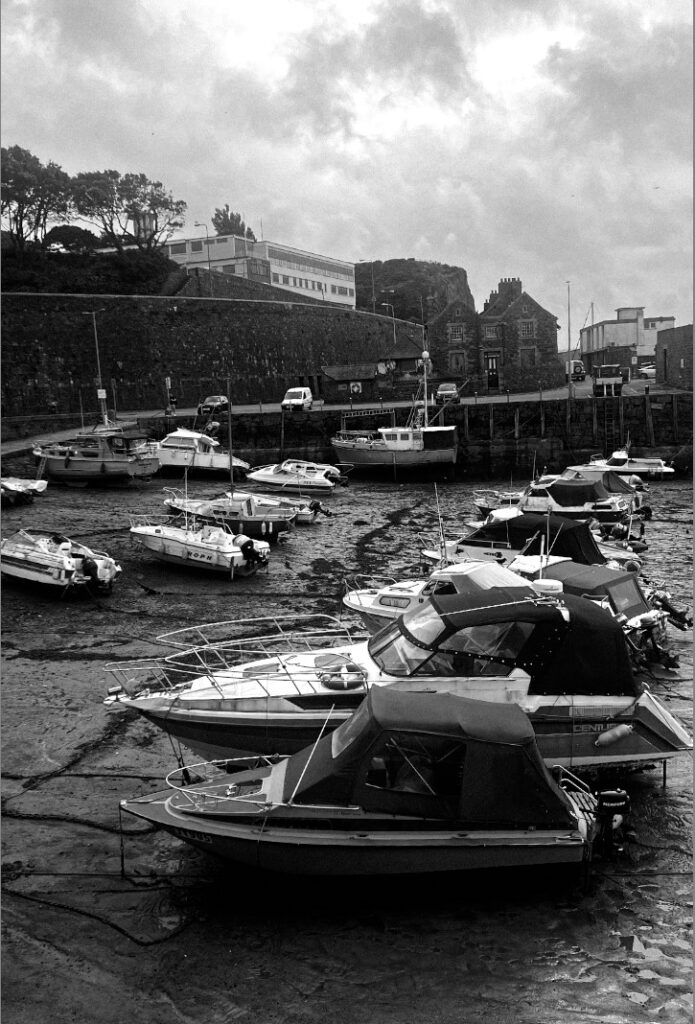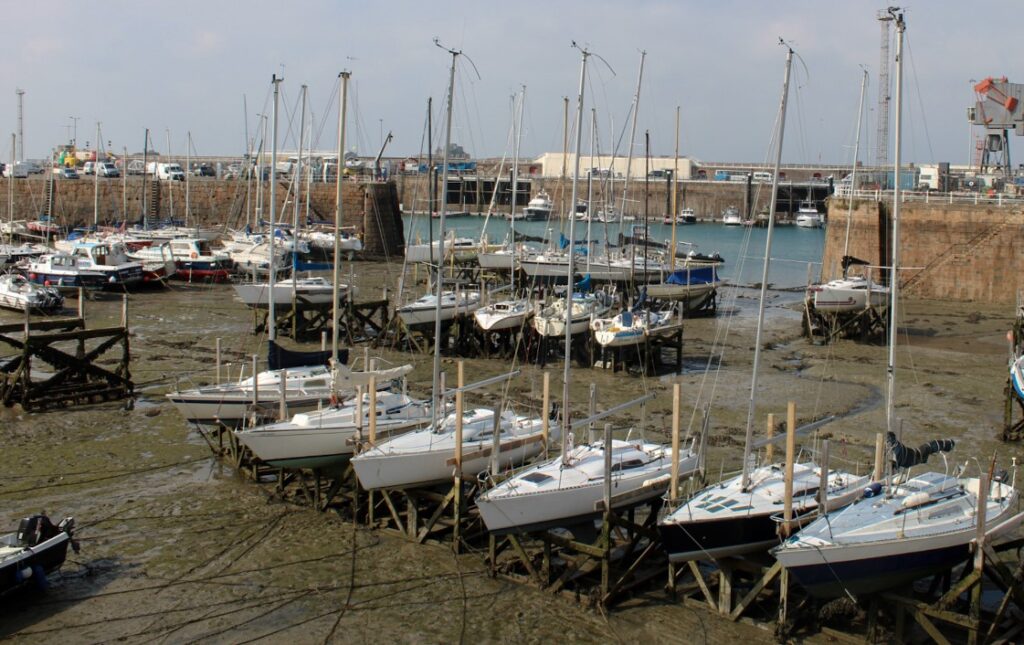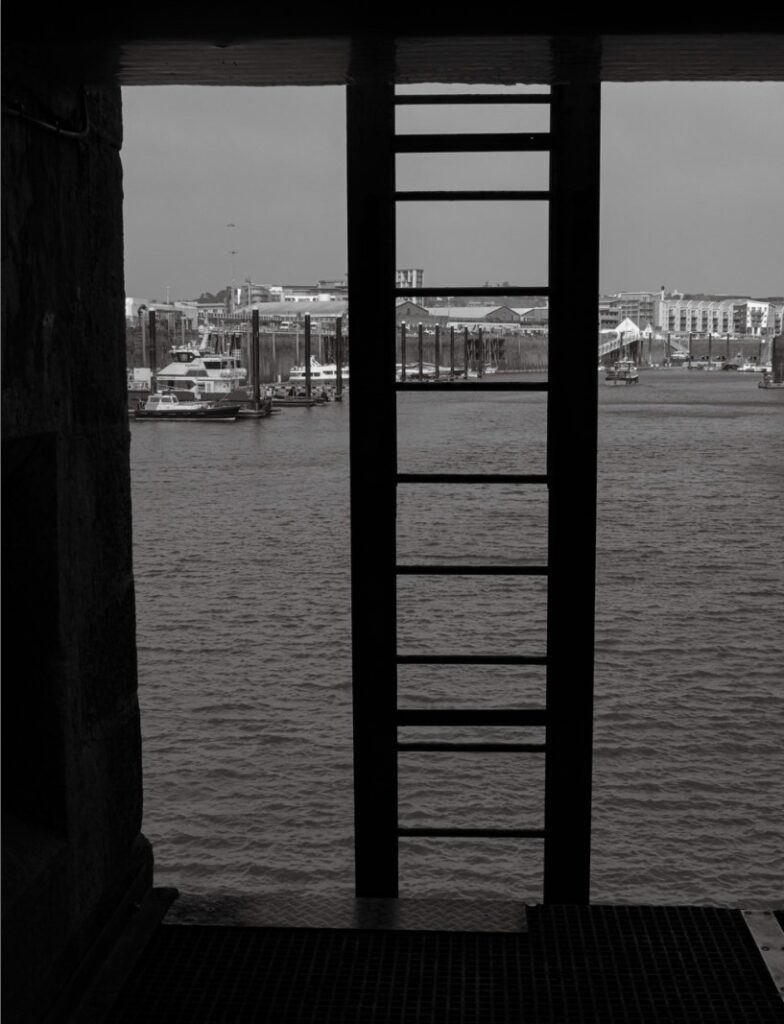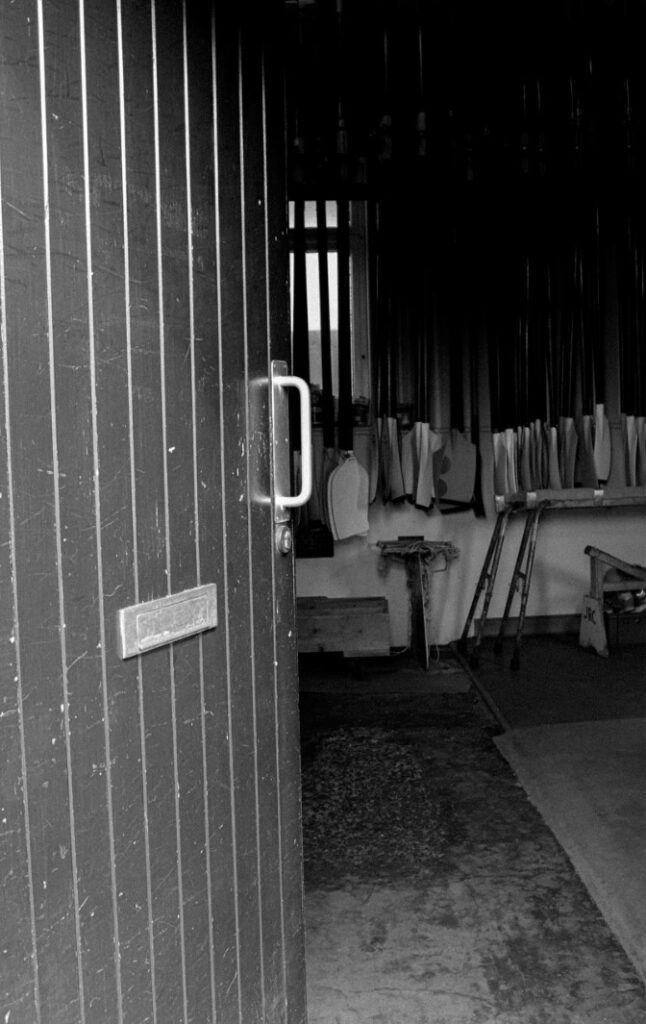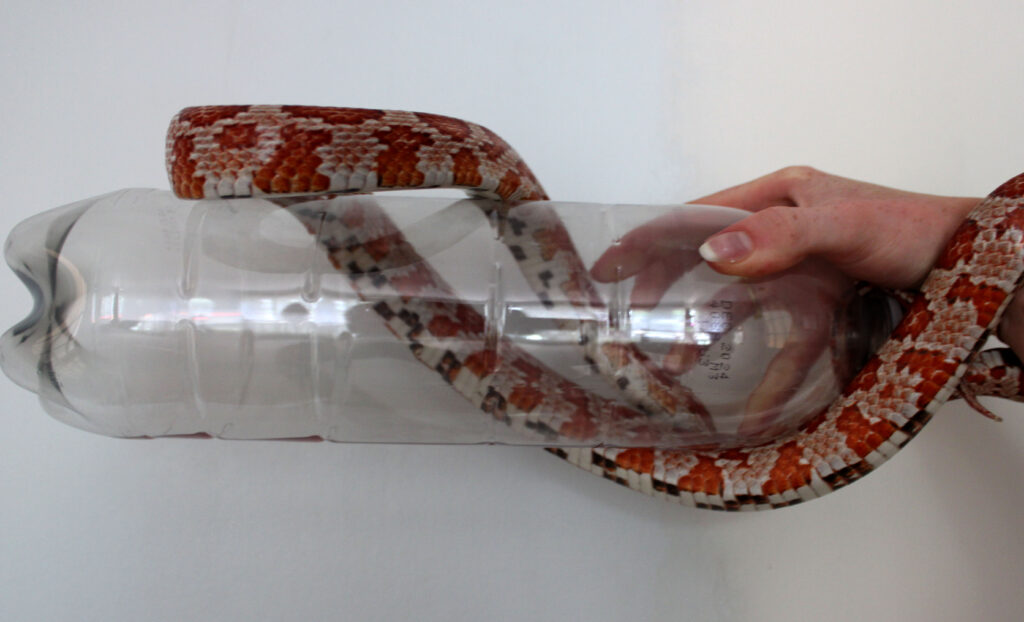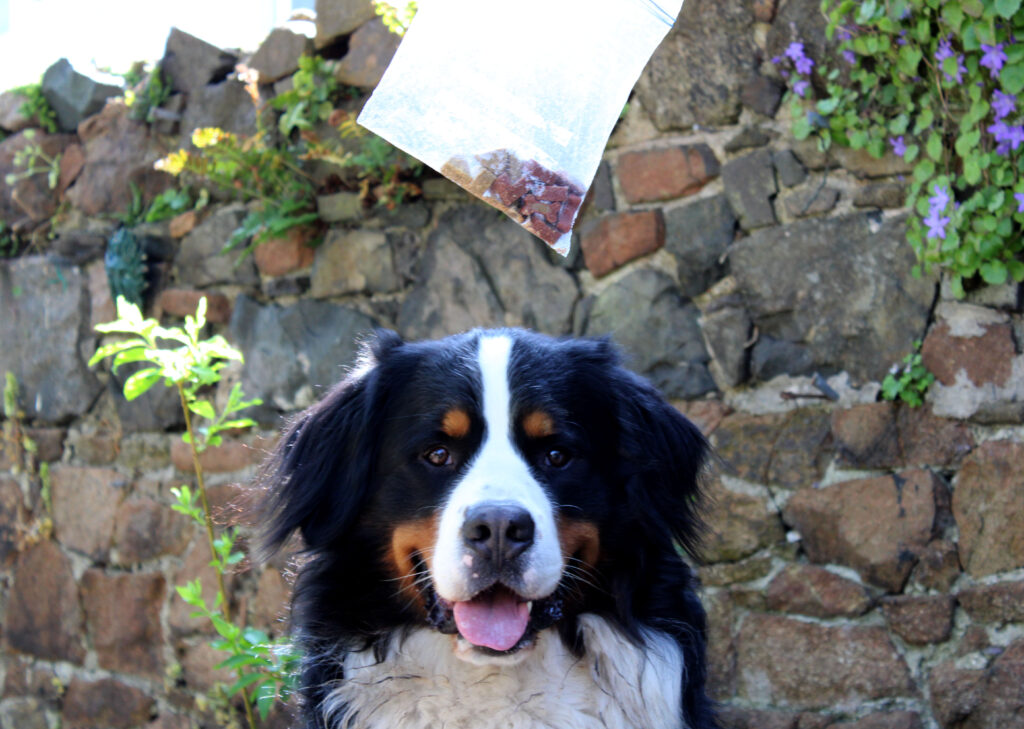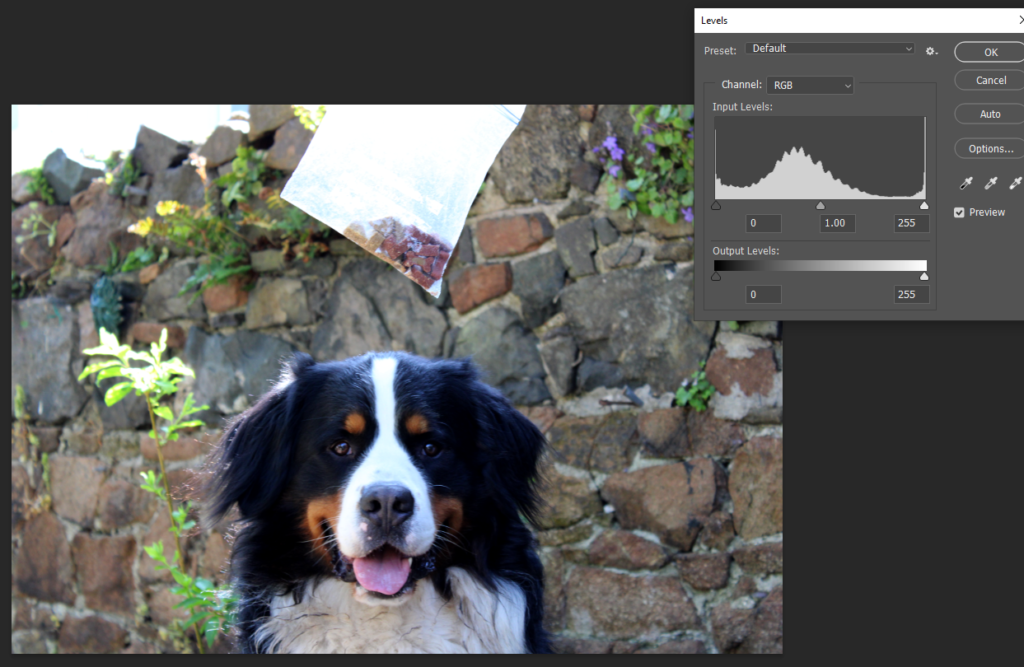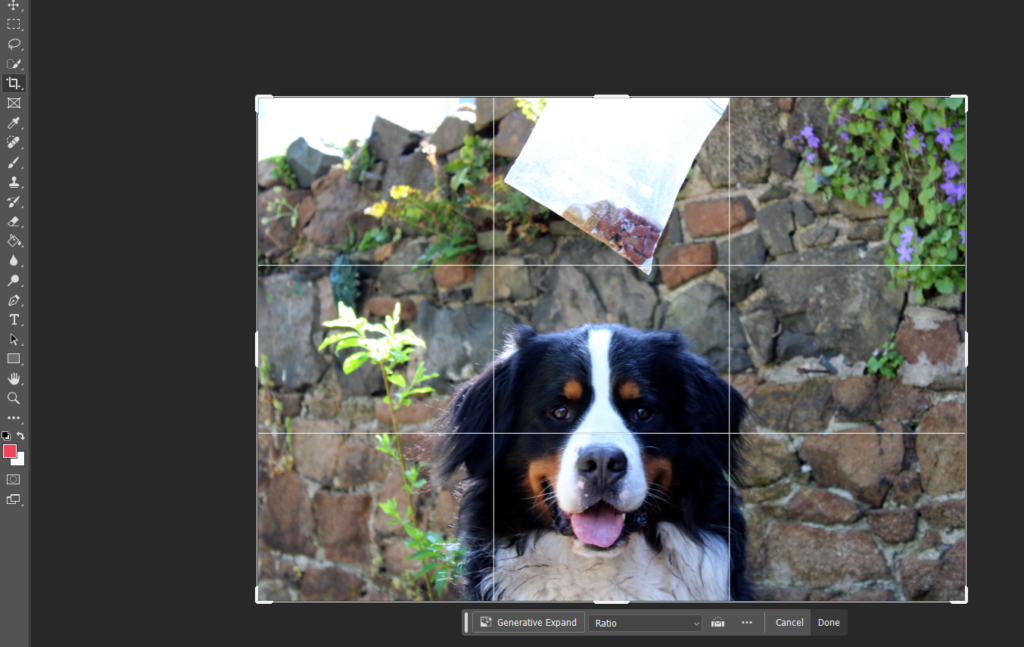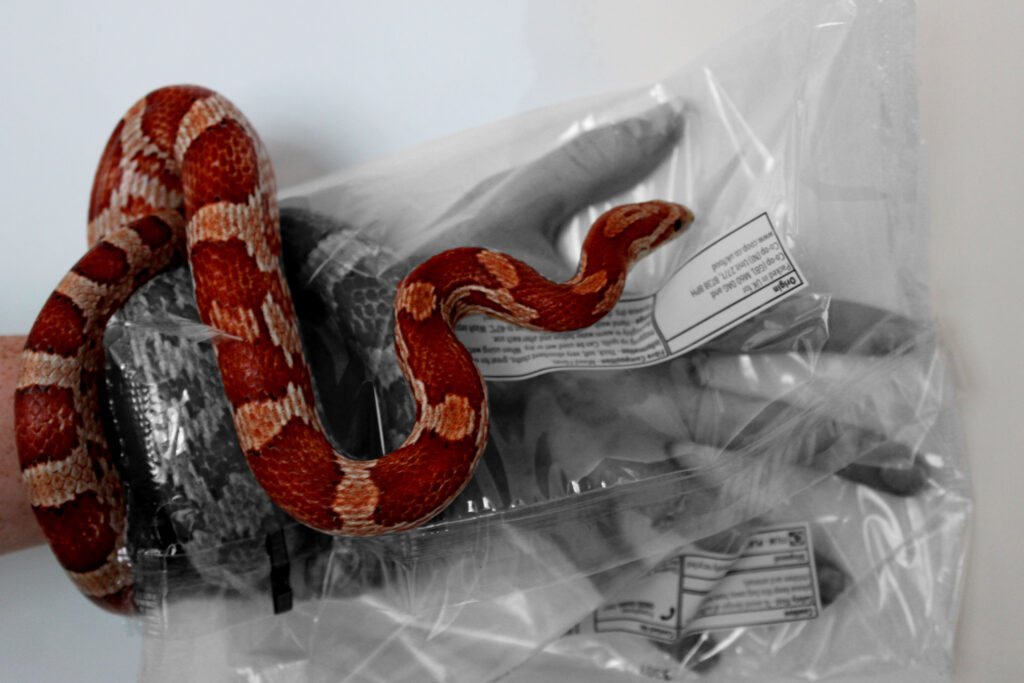The daguerreotype photographic process is a positive process. It is a highly detailed image on a sheet of copper with a thin layer of silver and this process has no use of negatives. This process is very delicate, and the sheet of copper and layer of silver must be cleaned before you start the process and must look like a mirror. The daguerreotype process is accurate, detailed and sharp. The Calotype process uses negative and positives and was invented by William Henry Fox Talbot. This process uses a paper negative which results in a softer and less sharp image than a daguerreotype image. To create a calotype image, the sheet of paper needs to be iodized by applying solutions of silver nitrate and potassium iodide under candlelight. The same surface needs to be sensitized using a “Gallo-nitrate of silver” solution and lastly the piece of paper needs to be dried and loaded onto the camera obscura. The calotype process produces a transparent image which can be easily multiplied by contact printing; however, a daguerreotype image can only be multiplied by using a camera. Therefore, the calotype process had an advantage over the daguerreotype process. An image can either be a window image or a mirror image.
Mirror Image :

This is a mirror image by Cindy Sherman. The reason why this is a mirror image is because the image reflects Cindy Sherman as a person. In this image, it shows a woman in the kitchen and this is a stereotype about how woman are said to cook and clean for the men. Cindy Sherman has used this image to mirror herself as a woman who is also stereotyped to do this same thing. I really like the way Cindy Sherman has presented this image in black and white as it makes the image more dramatic and creates a solemn tone to the image. This could be to present the woman in the image as sad and upset about the ways that woman are viewed. I also like the way the woman is looking in the opposite direction to the kitchen as Cindy Sherman could be trying to portray that the woman doesn’t want to be included in the stereotype. Cindy Sherman has used gender role to metaphorically reflect on her own identity and used this to interrogate her own position in these roles. The use of the mirror image is a way to show differences between the identity of woman and the cultural expectations. “The mirror reveals to us the world of our own making”, this is a quote I have chosen from John Szarkowski’s thesis. This quote shows how mirror images reflect on the photographer and can portray the views and feelings of the photographer.
Window Image :

This is a window image taken by Gary Winogrand who was an American street photography.
Paragraph 2 (250 words): Choose an image that in your view is a window and analyse how it is an objective expression rooted in a sense of realism. Choose one quote from Szarkowski’s thesis and another from Jed Pearl’s review and follow similar procedure as above ie. two opposing points of view and commentary to provide a critical perspective.
Conclusion (250 words): Refer back to the essay question and write a conclusion where you summarise Szarkowski’s theory and Pearl’s review of his thesis. Describe differences and similarities between the two images above and their opposing concepts of objectivity and subjectivity, realism and romanticism, factual and fiction, public and private.

